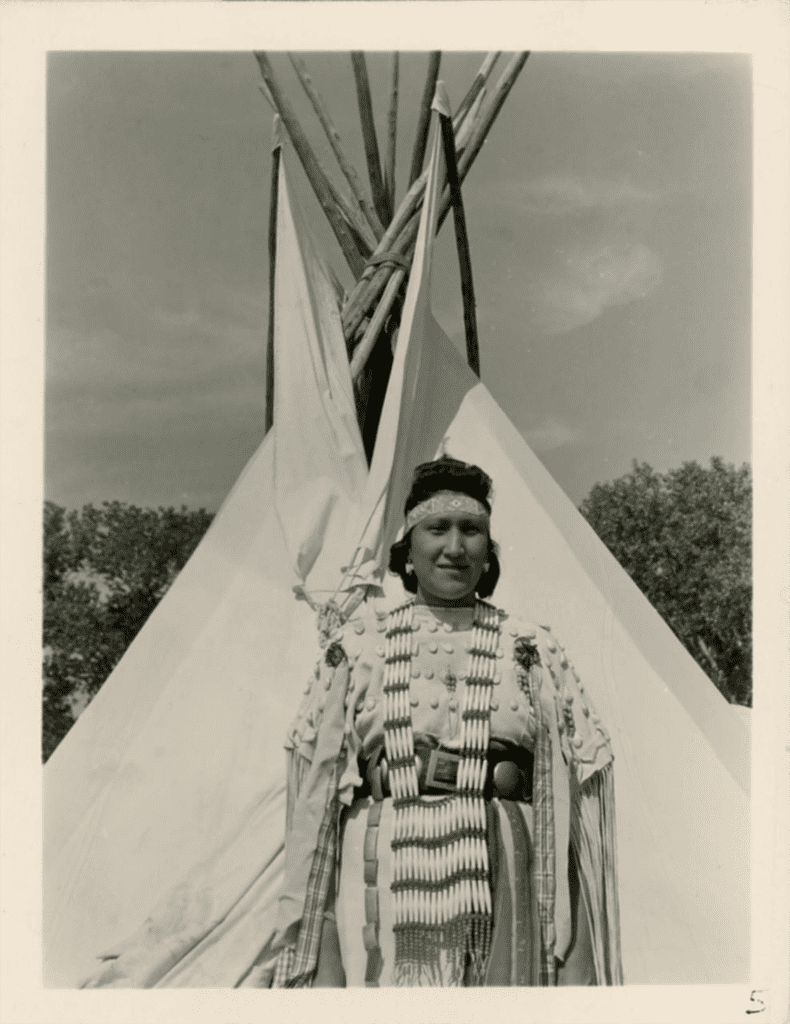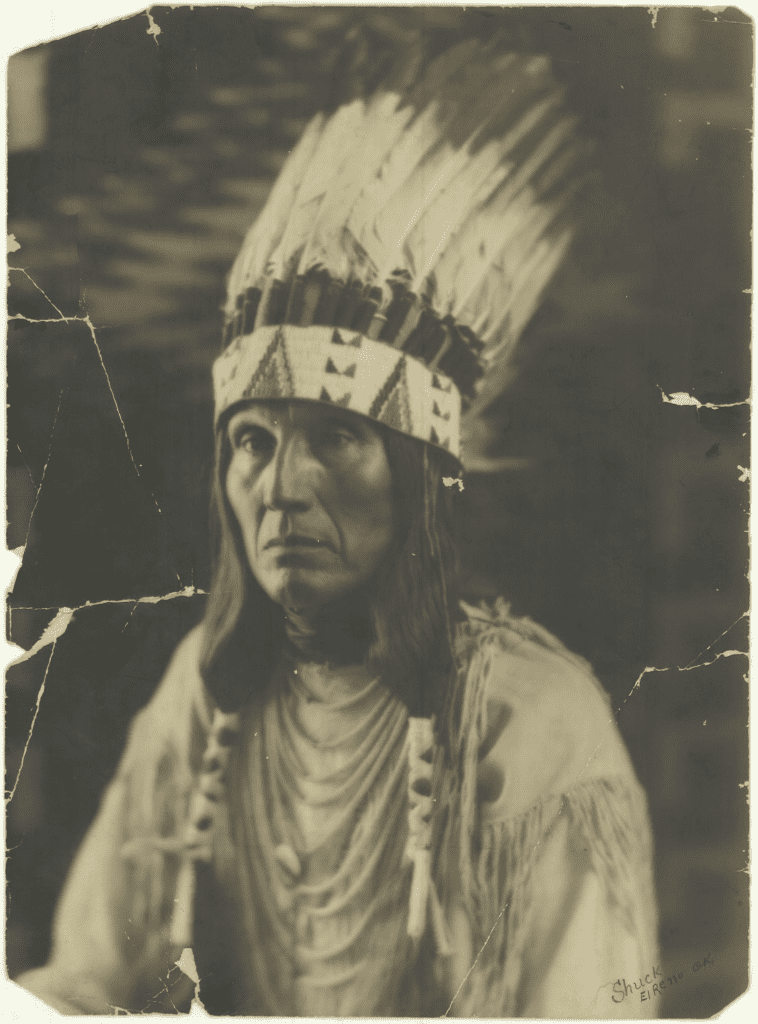In 1924, with fewer than one hundred words, the U.S. Congress granted citizenship to all “non-citizen Indians born within the territorial limits of the United States” through passage of the Indian Citizenship Act. During the next 100 years, Indigenous peoples and the federal government of the United States have sought to determine exactly what this citizenship means.
The 14th Amendment to the Constitution, which was passed in 1868, granted citizenship to formerly enslaved people, according to the National Archives website. However, this did not apply to American Indians for another 56 years. The topic was also a controversial one at the time, as some Indigenous people were concerned about what citizenship would mean for their tribal memberships.
“One of the conversations that was being held among Native activists in the late 19th through the 20th centuries was [regarding] those who were reluctant towards supporting U.S. citizenship, because they were reluctant to perhaps lose their tribal identity,” says Matthew Pearce, state historian with the Oklahoma Historical Society. Then there were others who argued that they could insist on U.S. citizenship without having to relinquish their identity, he says.



“From their perspective, U.S. citizenship was making sure that American Indians could secure an equal footing in American society … that they could be recognized as a minority group within the United States with all the rights as would be extended to those groups under the 14th Amendment,” Pearce adds.
But once the Indian Citizenship Act was passed, the reality was that there were still some serious limitations – specifically that the right to vote for Native Americans was not guaranteed in every state.
According to history.org, “the privileges of citizenship, however, were largely governed by state law, and the right to vote was often denied to Native Americans in the early 20th century.”
And, according to Pearce, the Indian Citizenship Act also did not end the paternalistic policies of the Bureau of Indian Affairs, such as guardianship of Native-held allotment land. This corrupt practice, wherein members of Native tribes who received allotments were deemed “incompetent” and a guardian was appointed for them, was in full swing at this time.
However, despite serious limitations, the Indian Citizenship Act was an important first step that laid the groundwork for future advocacy for the rights of Indigenous peoples in the United States. With the fact of citizenship for Native Americans settled, came protections under the 14th Amendment, and a foundation for advocacy for Native peoples during the coming decades and into the Civil Rights Movement of the 1960’s.
“With the passing of that Act, the question of whether or not an American Indian is a U.S. citizen, that question is now moot,” says Pearce. “That debate, that question, was answered.”
Limited Coverage
Despite the fact that the Indian Citizenship Act would have a large impact in the state, Oklahoma newspapers only offered brief mentions of the legislation. The Oklahoma City Times, one of two newspapers operating in Oklahoma City at the time, relegated the news to two small paragraphs on page 14 under the headline ‘Native-Born Indians Now U.S. Citizens’ on June 5, 1924.






















